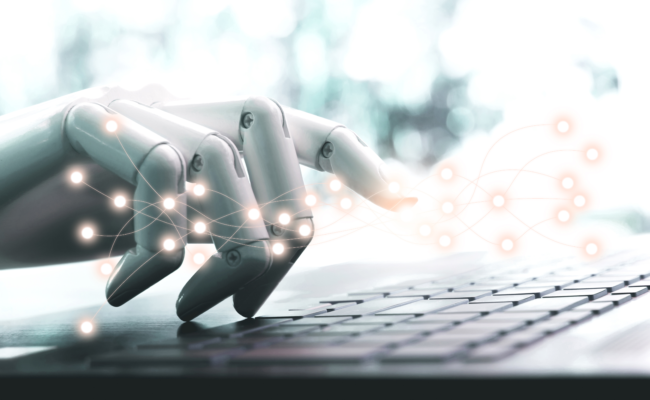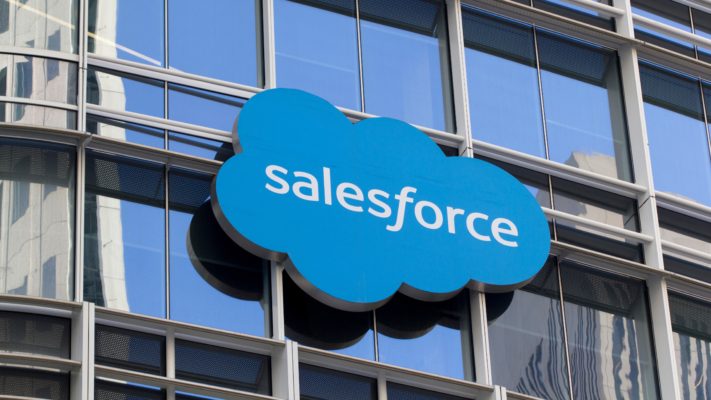Build and manage LLM prompts with Prompty
The resulting functions use the Prompty prompt description to build the interaction with the LLM, which you can wrap in an asynchronous operation. The result is an AI application with very little code beyond assembling user inputs and displaying LLM outputs. Much of the heavy lifting is handled by tools like Semantic Kernel, and by […]
Read MoreShiny for Python adds chat component for generative AI chatbots
Shiny for Python 1.0 launched this week with built-in chatbot functionality. The Chat() component is aimed at making it “easy to implement generative AI chatbots, powered by any large language model (LLM) of your choosing,” according to today’s announcement. “The ai_model can be anything, but Chat makes it especially easy to use interfaces from OpenAI, […]
Read MorePython pick: Shiny for Python—now with chat
As we wrap up the month in Python and elsewhere: Make generative AI chatbots in Python the Shiny way; use Streamlit to create web-based Python apps without getting dirty with HTML, CSS, or JavaScript; discover Extism, the lib that lets you build universal software components in WebAssembly; and get tips for speeding things up when […]
Read MoreFocusing open source on security, not ideology
Yet even here, the process only works if people follow it. There’s a reason supply chain attacks succeed: Even when a fix for a bug is available, we stink at applying the patches. It’s been 10 years since Heartbleed hit, and there are still tens of thousands of systems that remain vulnerable. Why? Well, it’s […]
Read MoreGoogle Cloud Spanner gets dual-region configuration option
Each region runs two read/write replicas and a witness replica to maintain availability, Sagar explained, adding that when a zonal outage occurs affecting any one replica in a region, Spanner, due to the dual-region configuration setup, would be able to maintain availability as at least two replicas would be functional. However, the product manager pointed […]
Read MoreAgentic AI drives enterprises away from public clouds
AI agents are nothing new. AI itself was old but is new again, and AI agents and agentic AI are another chapter. Agentic AI, known for its autonomous decision-making and complex goal management, radically transforms enterprise operations. The significant change is that public cloud providers are often not the desired platform of choice. Companies big […]
Read MoreTheia IDE: Eclipse’s answer to Visual Studio Code
Installing Theia IDE locally is no more complex than any other desktop app, as the Eclipse Foundation delivers installers for all three major platforms (Windows, macOS, and Linux). The installer sets up the necessary bits automatically. Additionally, Docker users can try an experimental Docker image, whether for hosting online or running locally. Another option for […]
Read MoreSalesforce previews Einstein-powered service agent
In order to create an Einstein Service Agent customized for an enterprise, its developers need to access the Einstein 1 platform, start creating a new copilot by giving its specific name and purpose, and then expose it to service topics, Nichols explained, adding that once the service topics are mapped and a LLM is selected, […]
Read MoreHow to master multi-tenant data management
Requirements Scalable and reliable storage: The system must scale horizontally to manage the growing data volume from all applications, ensuring reliability and uninterrupted service delivery according to the agreed SLA. Performance: Each application will need the storage service to maintain high performance, with low latency and high throughput, even as demand fluctuates. SLA management: The […]
Read MoreBuilding next-generation applications with the Windows Application SDK
Download channels show upcoming features The Windows App SDK is available in three different channels; you can choose between the current stable release, a preview release for features that should ship soon, or an experimental channel where new features are trialed. The current supported release is Version 1.5.5, released early in July 2024. The next […]
Read More











